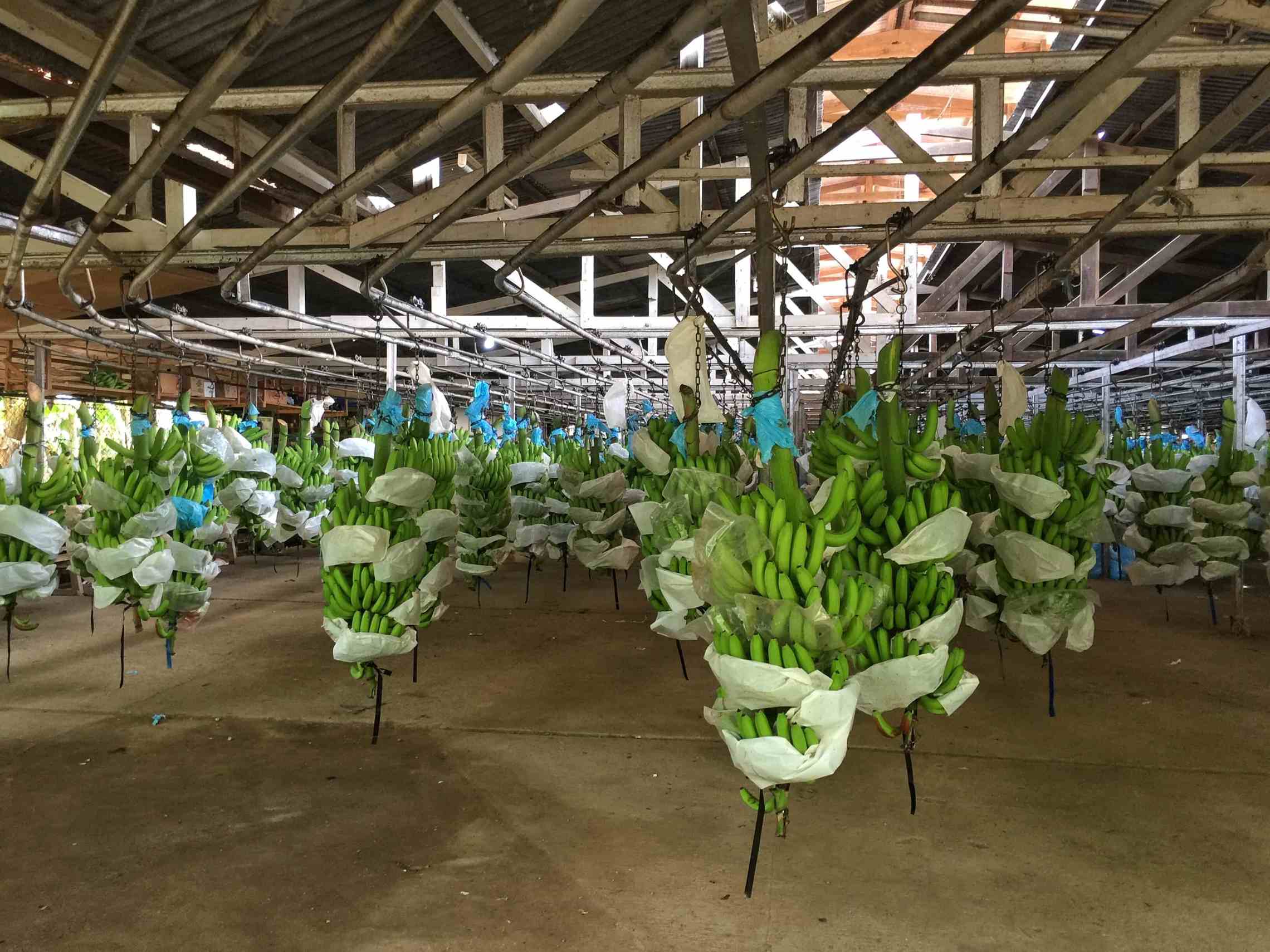
Similarities and Differences between Bananas versus Plantains.
Bananas are one of the world’s best fruits when it comes to nutrition such as potassium and healthy carbs. Then there are plantains that look like bananas but have a different purpose for eating. Learn what exactly are the similarities and differences are between bananas versus plantains.
First, the Similarities
Bananas and plants come from the same family of plants. They even have similar nutritional benefits such as significant contents of potassium, fiber, magnesium, and vitamin C.
Yet, while they have these similarities and even can look alike, the differences in their flavor profiles are largely distinct.
Bananas
Originally from Southeast Asia, bananas are now grown and consumed all around the world. As they ripen, the taste sweetens and the texture softens. You can eat it raw or cooked; as is, or mixed into your favorite desserts.
Plantains
Plantains are a type of banana with a different flavor profile. They also originated in Southeast Asia but are not widely grown and consumed in Latin America, the Caribbean, and Africa.
Compared to bananas, they are larger, sturdier, and have thicker skin. The taste is less sweet and more starchy, much like a yam or potato.
And unlike bananas, plantains cannot be eaten raw. They must be cooked – either fried, baked, boiled, roasted, or grilled in both sweet and mostly savory dishes.
Saba
There’s another banana variety that has the qualities of both bananas and plantains. The saba banana of the Philippines looks like a short, fat banana. The English translation for saba is “sweet plantain.” It has the sweetness of a banana with a similar heartiness to a plantain. Saba can be both eaten raw or cooked, such as fried or steamed.
Sign up for my newsletter on the sidebar for blog updates and my travel insider tips! And, check out my vlogs on YouTube!


